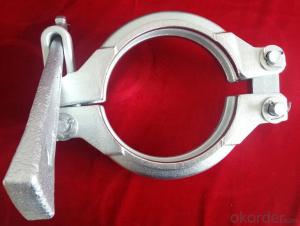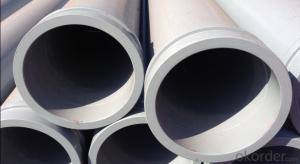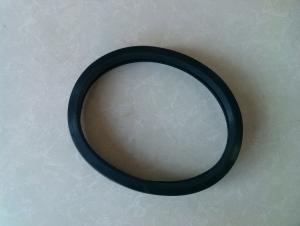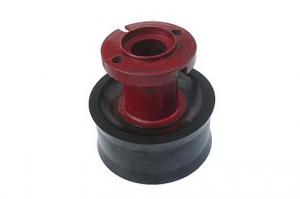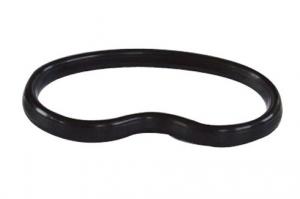Accessories---Vacuum Pump、Air Compressor、Kiln Wheel Parts、Forklift、Excavator、Loader
- Loading Port:
- China main port
- Payment Terms:
- TT OR LC
- Min Order Qty:
- 1 unit
- Supply Capability:
- 50 unit/month
OKorder Service Pledge
OKorder Financial Service
You Might Also Like
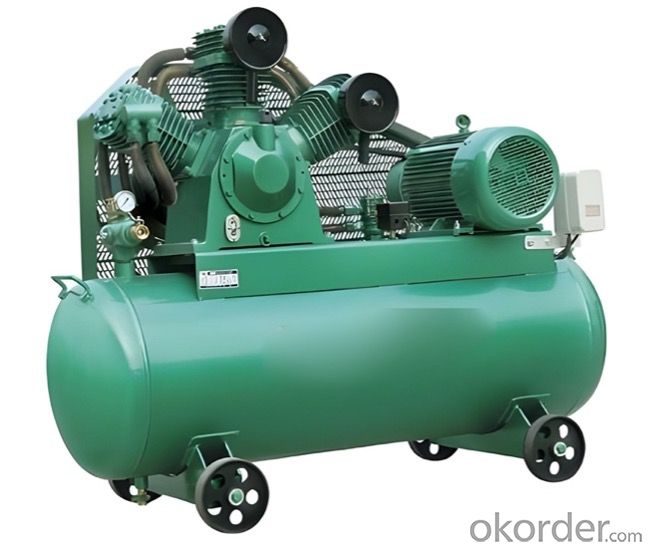
A vacuum pump is a device that draws gas molecules from a sealed volume in order to leave behind a partial vacuum. The job of a vacuum pump is to generate a relative vacuum within a capacity.
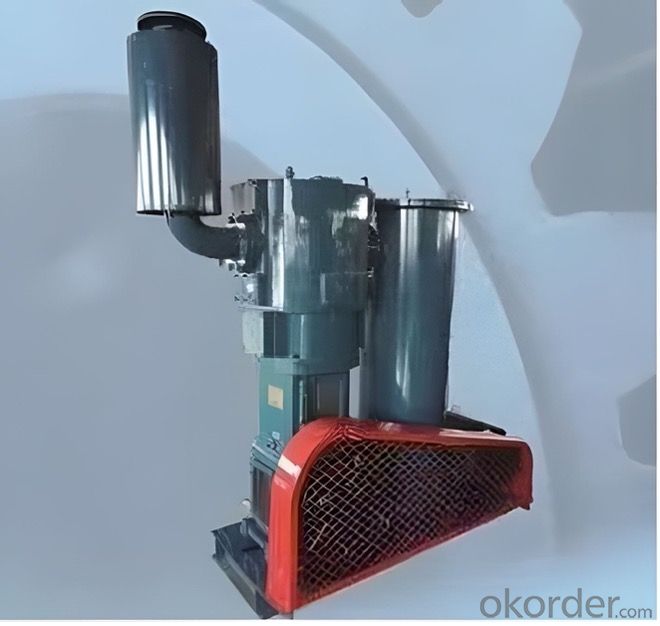
An air compressor is a pneumatic device that converts power (using an electric motor, diesel or gasoline engine, etc.) into potential energy stored in pressurized air (i.e., compressed air). By one of several methods, an air compressor forces more and more air into a storage tank, increasing the pressure. When the tank's pressure reaches its engineered upper limit, the air compressor shuts off. The compressed air, then, is held in the tank until called into use. The kinetic energy provided by the compressed air can be used for a variety of applications such as pneumatic tool as it is released air and the tank depressurizes. When tank pressure reaches its lower limit, the air compressor turns on again and re-pressurizes the tank. An air compressor must be differentiated from a pump because it works for any gas/air, while pumps work on a liquid.
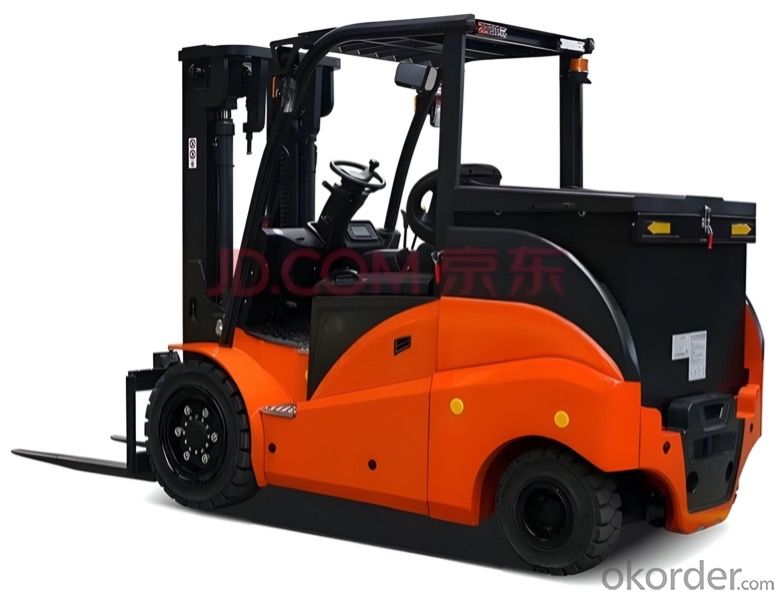
A forklift (also called lift truck, jitney, fork truck, fork hoist, and forklift truck) is a powered industrial truck used to lift and move materials over short distances.
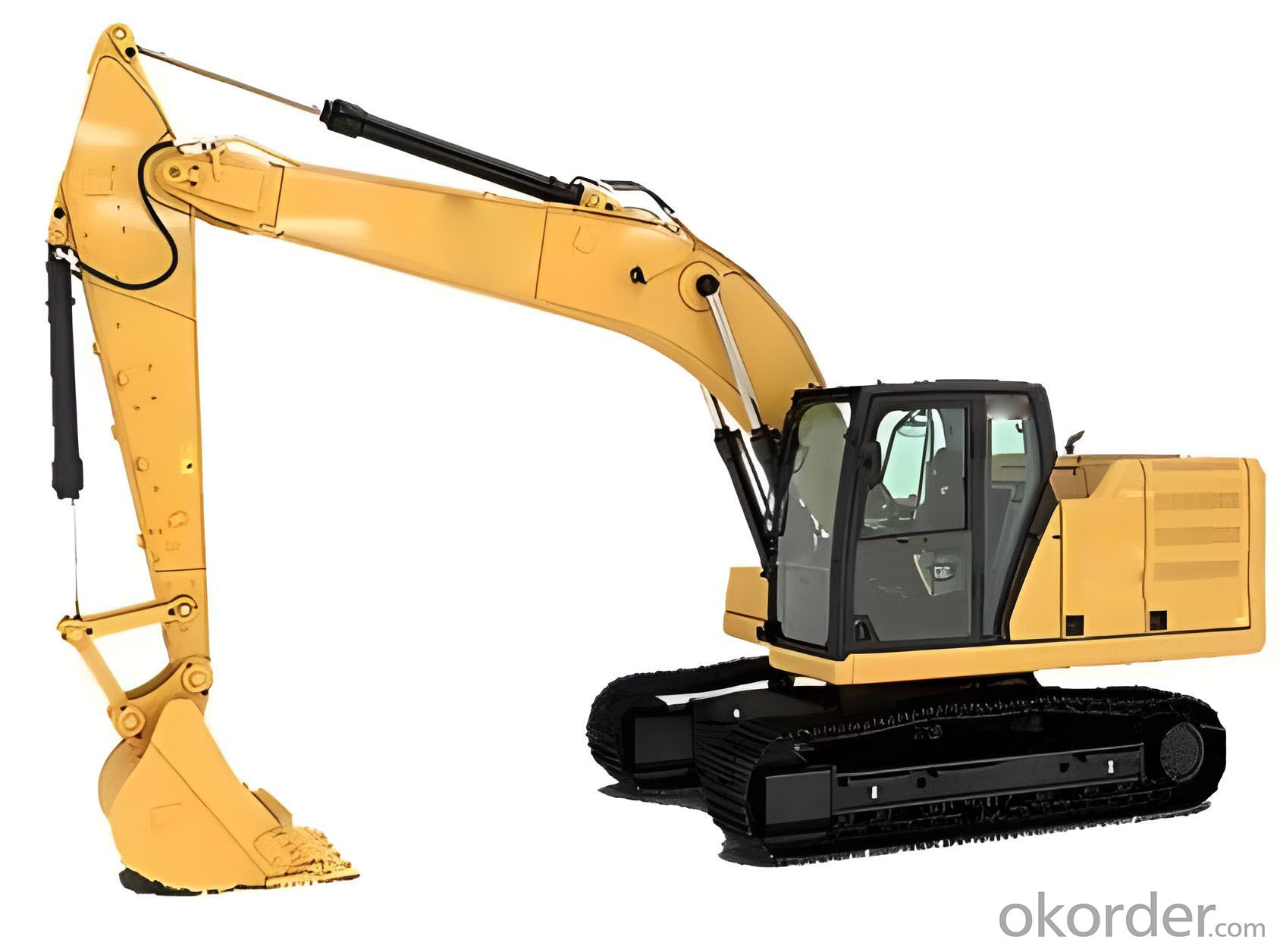
Excavators are heavy construction equipment consisting of a boom, dipper (or stick), bucket and cab on a rotating platform known as the "house". The house sits atop an undercarriage with tracks or wheels. They are a natural progression from the steam shovels and often mistakenly called power shovels. All movement and functions of a hydraulic excavator are accomplished through the use of hydraulic fluid, with hydraulic cylinders and hydraulic motors. Due to the linear actuation of hydraulic cylinders, their mode of operation is fundamentally different from cable-operated excavators which use winches and steel ropes to accomplish the movements.

Loader is a kind of earth and stone construction machinery widely used in highway, railway, construction, hydropower, port, mine, and other construction projects. It is mainly used to shovel bulk materials such as soil, sand, lime, coal, etc., hard soil, etc. for light shovel excavation. It can also carry out bulldozing, lifting, and loading and unloading of other materials such as wood by changing different auxiliary working devices.
- Q: How do I properly maintain and replace hydraulic cylinders in concrete pump spare parts?
- Proper maintenance and replacement of hydraulic cylinders in concrete pump spare parts requires a systematic approach. Firstly, regular inspections should be conducted to identify any signs of wear, leakage, or damage. It is important to clean the cylinders regularly to remove any debris or contaminants that can cause premature failure. To maintain the hydraulic cylinders, it is crucial to follow the manufacturer's recommendations for lubrication and fluid changes. Ensure that the hydraulic fluid levels are checked and maintained within the specified range. Additionally, monitor the pressure and temperature of the system to detect any abnormal conditions that may indicate a problem with the cylinders. When it comes to replacement, it is essential to use genuine and high-quality hydraulic cylinders that meet the specifications of the concrete pump. Consult the manufacturer's guidelines for the correct procedure for removing and installing the cylinders. Proper alignment and adjustment of the cylinders are crucial to ensure their optimal performance and longevity. In summary, proper maintenance involves regular inspections, cleaning, lubrication, and monitoring of the hydraulic system. Replacement should be done with genuine parts and following the manufacturer's guidelines. By following these steps, you can ensure the reliable and efficient operation of hydraulic cylinders in concrete pump spare parts.
- Q: Can concrete pump spare parts be heat-treated or hardened for increased durability?
- Concrete pump spare parts can undergo heat treatment or hardening to increase their durability. By subjecting the parts to controlled heating and cooling processes, their mechanical properties can be altered. This alteration significantly improves their hardness, strength, and wear resistance, thus enhancing their durability and ability to withstand harsh operating conditions. Various heat treatment methods, such as quenching and tempering, induction hardening, and case hardening, can be applied to different types of spare parts, including cylinders, pistons, wear plates, and delivery pipes. These processes contribute to the overall performance and lifespan of the spare parts, ensuring their ability to withstand the demanding nature of concrete pumping operations.
- Q: Are there any specific guidelines for the installation of wear plates or cutting rings in concrete pump spare parts?
- Yes, there are specific guidelines for the installation of wear plates and cutting rings in concrete pump spare parts. These guidelines are important to ensure the proper functioning and longevity of the pump. 1. Firstly, it is important to clean the surface where the wear plate and cutting ring will be installed. Any debris, dust, or old material should be removed to ensure a smooth and secure fit. 2. The wear plate and cutting ring should be inspected for any damage or defects before installation. Any parts that are worn out or damaged should be replaced to avoid any potential issues during operation. 3. Apply a thin layer of lubricant or grease to the surface where the wear plate and cutting ring will be installed. This will help with the alignment and ease of installation. 4. Carefully align the wear plate and cutting ring with the designated slots or grooves in the concrete pump. It is crucial to ensure that they are accurately positioned to avoid misalignment or premature wear. 5. Use appropriate tools or equipment to secure the wear plate and cutting ring in place. This may involve tightening bolts, screws, or other fasteners. It is important to follow the manufacturer's instructions and torque specifications to ensure proper installation. 6. After installation, perform a visual inspection to ensure that the wear plate and cutting ring are securely in place and properly aligned. Any signs of misalignment or loose parts should be addressed immediately. 7. Regular maintenance and inspection of the wear plates and cutting rings are essential to identify any signs of wear or damage. It is recommended to follow the manufacturer's recommendations for maintenance intervals and replacement schedules. By following these specific guidelines, you can ensure the proper installation and function of wear plates and cutting rings in concrete pump spare parts, leading to improved performance and extended lifespan of the equipment.
- Q: How often should concrete pump booms be inspected and maintained?
- To ensure the safe and efficient operation of concrete pump booms, it is important to inspect and maintain them regularly. The frequency of these inspections and maintenance tasks will depend on how often and under what conditions the boom is used. Generally, it is recommended to inspect and maintain the boom at least once a month or after every 250 pumping hours, whichever comes first. During these inspections, it is crucial to carefully examine the boom for any signs of wear and tear, damage, or malfunctioning parts. The hydraulic system, including the hoses, cylinders, and valves, should be thoroughly inspected and tested for leaks, blockages, or malfunctions. Additionally, the structural integrity of the boom, such as the main boom, articulation points, and outriggers, should be checked for cracks, deformations, or signs of stress. Regular maintenance of the concrete pump boom should include cleaning and lubricating all movable parts, checking and adjusting the tension of the cables, belts, and chains, and replacing any worn-out or damaged components. It is also important to inspect and test the electrical and control systems to ensure proper functioning. In addition to regular inspections and maintenance, it is crucial to follow the manufacturer's guidelines and recommendations for specific maintenance intervals and procedures. Depending on the level of usage, working conditions, and any changes in performance or operation, it may be necessary to conduct more frequent inspections and maintenance. By conducting regular inspections and maintenance, concrete pump boom owners can reduce the risk of accidents, extend the lifespan of the equipment, and ensure optimal performance. It is always advisable to consult with the manufacturer or a qualified professional to determine the most suitable inspection and maintenance schedule for a specific concrete pump boom.
- Q: What are the different types of concrete pump rubber hoses?
- There are several different types of concrete pump rubber hoses available, including wire-reinforced hoses, fabric-reinforced hoses, steel wire braided hoses, and composite hoses. These hoses are designed to withstand the high pressure and abrasive materials involved in pumping concrete, ensuring safe and efficient operations.
- Q: How do I maintain the performance of concrete pump spare parts in extreme weather conditions?
- To ensure the efficiency and longevity of your equipment, it is crucial to maintain the performance of concrete pump spare parts in extreme weather conditions. Consider the following tips: 1. Conduct regular inspections to detect signs of wear and tear early on. Extreme weather can accelerate part deterioration, so staying vigilant is important. 2. Keep spare parts clean to prevent clogging or damage caused by dirt, debris, or contaminants that may accumulate in extreme weather conditions. 3. Use appropriate lubrication for smooth functioning. Opt for lubricants designed for extreme weather, with high viscosity and resistance to temperature fluctuations. 4. Protect spare parts from direct exposure to extreme heat or freezing temperatures by using covers or enclosures. 5. Store spare parts in a dry, temperature-controlled environment when not in use. Extreme weather can cause expansion or contraction, potentially leading to damage. Controlled storage helps maintain integrity and performance. 6. Monitor and replace worn-out parts in a timely manner to maintain performance. Extreme weather conditions can accelerate wear and tear, so proactive replacement is crucial. 7. Consult the manufacturer for specific requirements on maintaining spare parts in extreme weather. They can offer expert advice and guidance for optimal performance. By following these tips, you can effectively preserve the performance of concrete pump spare parts in extreme weather conditions, ensuring smooth and efficient equipment operation.
- Q: How can a faulty battery affect the operation of the pump?
- A faulty battery can significantly affect the operation of a pump. Firstly, a faulty battery may not provide enough power to the pump, resulting in slow or weak pumping action. This can impact the pump's ability to generate the necessary pressure or flow rate, leading to inefficient or ineffective operation. Additionally, a faulty battery may cause intermittent power supply to the pump. This can result in inconsistent pumping action, with the pump starting and stopping sporadically. Such interruptions can create inefficiencies, reduce the pump's performance, and potentially cause damage to the equipment or system being operated. Furthermore, a faulty battery may not hold a charge for an extended period. This can limit the pump's runtime, requiring frequent recharging or replacement of the battery. In scenarios where a pump is needed for continuous or prolonged usage, a faulty battery can disrupt operations, leading to downtime and reduced productivity. Moreover, a faulty battery can also impact the overall lifespan of the pump. If the battery does not provide the necessary power consistently, the pump may experience strain or excessive wear, potentially shortening its operational life. Overall, a faulty battery can have various adverse effects on the operation of a pump, including reduced performance, inconsistent pumping action, limited runtime, potential damage, and decreased equipment lifespan. Regular maintenance and timely replacement of faulty batteries are crucial to ensure optimal pump performance and longevity.
- Q: How often should carbide wear plates be replaced in a concrete pump?
- The frequency of replacing carbide wear plates in a concrete pump depends on various factors such as the quality of the carbide, the amount of usage, and the conditions in which the pump operates. Generally, carbide wear plates may need replacement every 6 to 12 months, but regular inspection and monitoring of their condition is essential to determine the actual replacement interval.
- Q: Can concrete pump spare parts be ordered in bulk quantities for future use?
- Yes, concrete pump spare parts can definitely be ordered in bulk quantities for future use. Many suppliers and manufacturers offer bulk ordering options to cater to the needs of contractors and construction companies. Ordering in bulk can provide several advantages such as cost savings, convenience, and ensuring a consistent supply of spare parts for maintenance and repairs. It is always recommended to have spare parts readily available to minimize downtime and maximize the efficiency and performance of concrete pumps.
- Q: How can a faulty concrete pump control valve affect the pumping operation?
- A faulty concrete pump control valve can have several negative effects on the pumping operation. Firstly, it can cause a loss of control over the concrete flow rate. The control valve is responsible for regulating the amount of concrete being pumped, and if it is faulty, it may not be able to properly adjust the flow rate. This can lead to either too much or too little concrete being pumped, which can result in an inefficient operation. Secondly, a faulty control valve can cause inconsistent concrete flow. The valve is designed to maintain a steady and consistent flow of concrete, but if it is not functioning properly, it may result in fluctuations in the flow. This can lead to uneven distribution of the concrete, which can affect the quality and integrity of the pumped concrete. Furthermore, a faulty control valve can also contribute to increased wear and tear on the pump and other components. When the valve is not operating correctly, it can cause excessive pressure or strain on the pump, leading to increased wear on the equipment. This can result in more frequent breakdowns or the need for repairs, which can be costly and time-consuming. Overall, a faulty concrete pump control valve can significantly impact the pumping operation by causing a loss of control over the flow rate, inconsistent concrete flow, and increased wear and tear on the equipment. It is important to regularly inspect and maintain the control valve to ensure its proper functioning and avoid these negative consequences.
Send your message to us
Accessories---Vacuum Pump、Air Compressor、Kiln Wheel Parts、Forklift、Excavator、Loader
- Loading Port:
- China main port
- Payment Terms:
- TT OR LC
- Min Order Qty:
- 1 unit
- Supply Capability:
- 50 unit/month
OKorder Service Pledge
OKorder Financial Service
Similar products
Hot products
Hot Searches
Related keywords
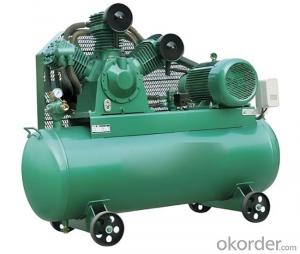
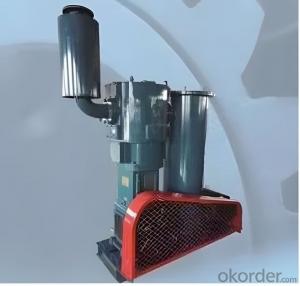
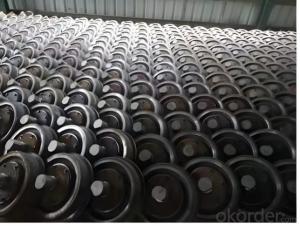

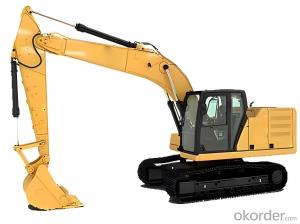
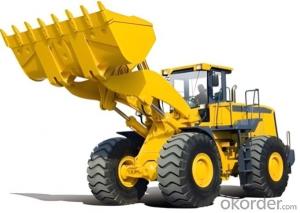
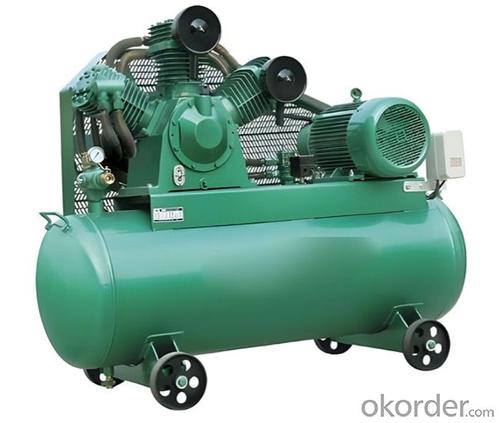

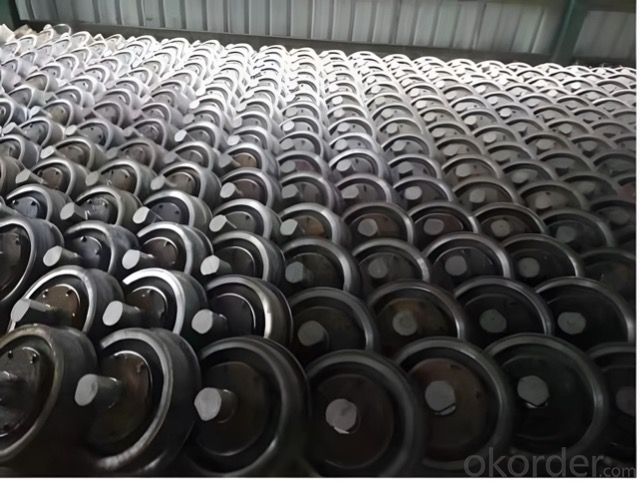


 Xi'an Research and Design Institute of Wall & Roof Materials Co,.Ltd.
Xi'an Research and Design Institute of Wall & Roof Materials Co,.Ltd.









